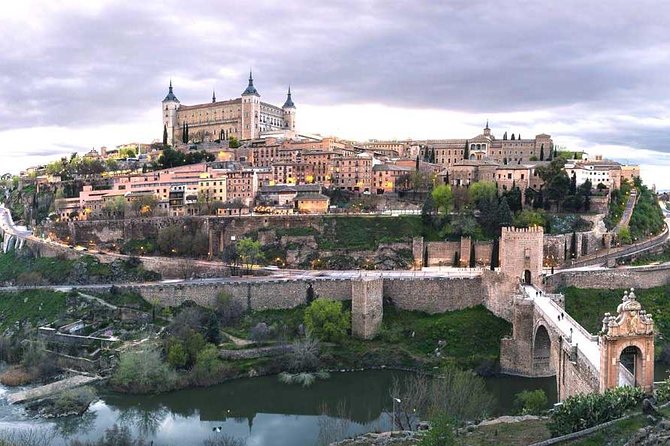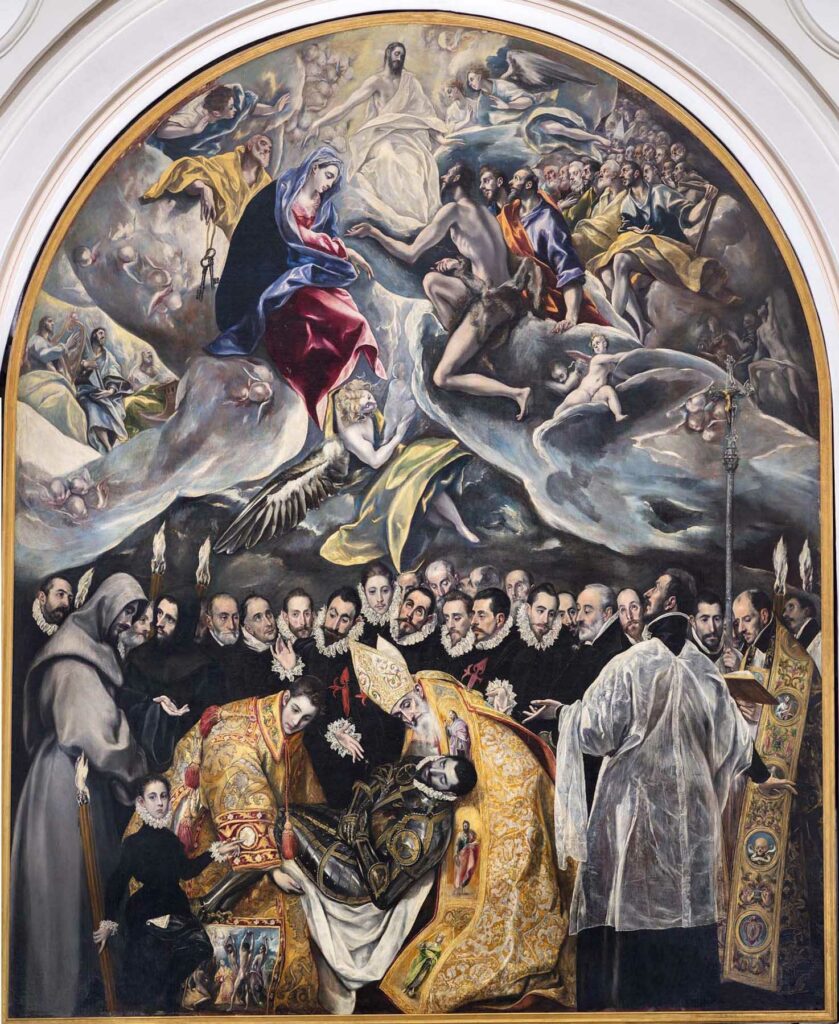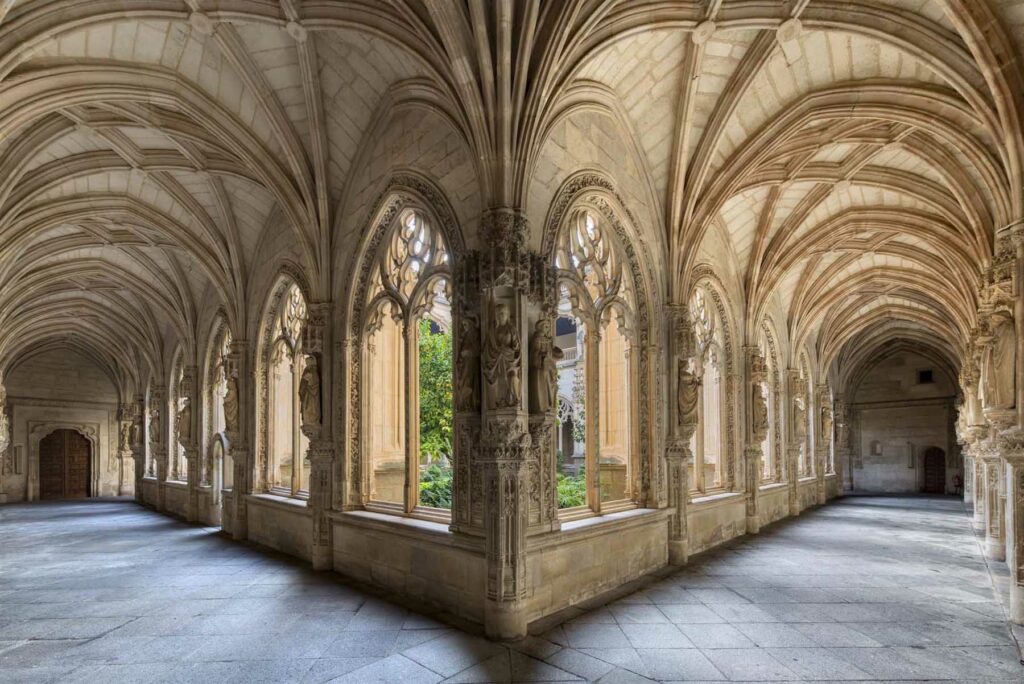By Ana López Usó,
Toledo is a magnetizing city in the heart of Spain, 67 km away from Madrid. Capital of the region of “Castilla la Mancha”, this medium-sized city holds the weight of a history that not many cities in the country can live up to. Its thousands of years of history, its monumental and cultural heritage -for which it was declared a World Heritage Site by UNESCO in 1968- and its role of major significance in Spanish history, make the city one of the most impressive cities in the country.
Toledo is situated on a hill, surrounded by mountains and totally bordered by the Tagus river. Its privileged position made the city a very attractive target for occupation throughout history. During the pre-Roman times of the Iberian Peninsula, Toledo belonged to the Carpetans, one of the many tribes that inhabited the territory. In 192 B.C., the Roman Empire conquered it, naming it Toletum,“elevated”. Roman historian, Livi, has described Toletum as “urbs parva, sed loco munita”, meaning “a small city, but fortified by location”.
Toletum belonged to the Roman Empire until the VI century, when the Visigoths (Germanic tribe that invaded the Roman Empire and settled at the Iberian Peninsula) conquered it, proclaiming it as the capital of their domain. By doing so, they placed political power in the centre of the peninsula for the first time in Spanish history, a move that would lead to the continuous development of the city until well up to the XVI century. After the Visigoths, a nomadic tribe from Northern Africa known as the Berbers (also called “Moors” in Spanish tradition) took the city, to them known as Tulaytula, in A.D. 712. Toledo remained Moorish until 1085, when the Christian King Alfonso VI incorporated it to the Kingdom of Castilla and proclaimed it the capital of the kingdom. This era is known for the prevalence of religious tolerance that existed in the city. Three religions coexisted in the same territory, Muslims, Christians, and Jews, who had arrived in the times of the Visigoths. There is still proof of that coexistence nowadays, as many of the sacred buildings of that time still remain. For example, the mosque of “El Cristo de la Luz” (The Christ of Light) or the synagogue of “Santa María la Blanca” (Saint Mary the White), as well as the Cathedral of Toledo, Prime Cathedral of Spain. For this reason, Toledo receives the name of “city of three cultures”, as even nowadays, we can witness the remains of a period of pacific coexistence between different religions in the Middle Ages.
The peak of development was reached during the reign of Catholic Monarchs, Ferdinand of Aragon and Isabella of Castilla, who reunified the kingdoms of Spain and funded the discovery of America. They took up a plan to urbanize and magnify the city, which played a very important role during their reign. In Toledo, they were proclaimed heirs of the crown of Castilla, and in the city the queen ordered the construction of the monastery of “San Juan de los Reyes”, where she intended to be buried with her husband.
Toledo kept experiencing blooming and expansion, and in 1522, the Catholic Monarch’s grandson, Charles the I of Spain and V of Germany and Emperor of the Holy Roman Empire, proclaimed Toledo as the capital of his territories, granting it the title of an “Imperial city”. Toledo became an industrial and commercial centre, where political decisions were taken, and the celebration of festivities took place. A proof of the power that Charles the V held is the construction of “El Alcázar de Toledo”, a fortified palace that became the image of the city. This way, Toledo was transformed into not only the most significant city of the country, but one of the most influential cities in Western Europe. However, this blooming period did not last forever. King Philip II, Charles V’s son, changed the location of the court and moved the capital to Madrid, a decision that caused Toledo to lose its political and social relevance, bringing it to its downfall.
Toledo is not only a delight for history lovers, but it also has an amazing architectural and artistic heritage. The Cathedral of Toledo, Prime Cathedral of Spain, holds many outstanding artworks, like the Choir, named the “most beautiful Choir of all European cathedrals”, a handcrafted work dating back to 1495 that depicts the conquest of Granada by the Catholic Monarchs, town by town. Apart from the artwork disposed inside the cathedral, it also contains its own museum. Furthermore, in Toledo, the Greek painter Domenikos Theotokopoulos, better known as “El Greco”, became one of the most important painters of the Spanish Renaissance. His legacy is still very present in the city, where his works can be found in museums, the Cathedral, or the church of St. Tomé, that hosts one of his most well-known works: “El entierro del conde Orgaz” (The Burial of the Count of Orgaz).
The city of Toledo has experienced the rise and falling of many empires, the coexistence of three religions -sometimes at peace, sometimes at war-, battles, conquests, and expulsions. Each and every one of the cultures and peoples who have passed through Toledo have left a trace that can be perceived across its buildings, in the streets, on walls, but mostly, through its atmosphere. Wandering around Toledo is like a trip back in time, and like many other people that for centuries have walked on the streets of the city, and have felt Toledo as their own, we will come, and we will go, and Toledo will keep being an impressive testimony of the passing of time.
References
- QUÉ VER EN EL MUNDO. Historia de Toledo. Available here.
- 101 VIAJES. COM Historia de Toledo, de la Edad Antigua a la Guerra Civil. Available here.






